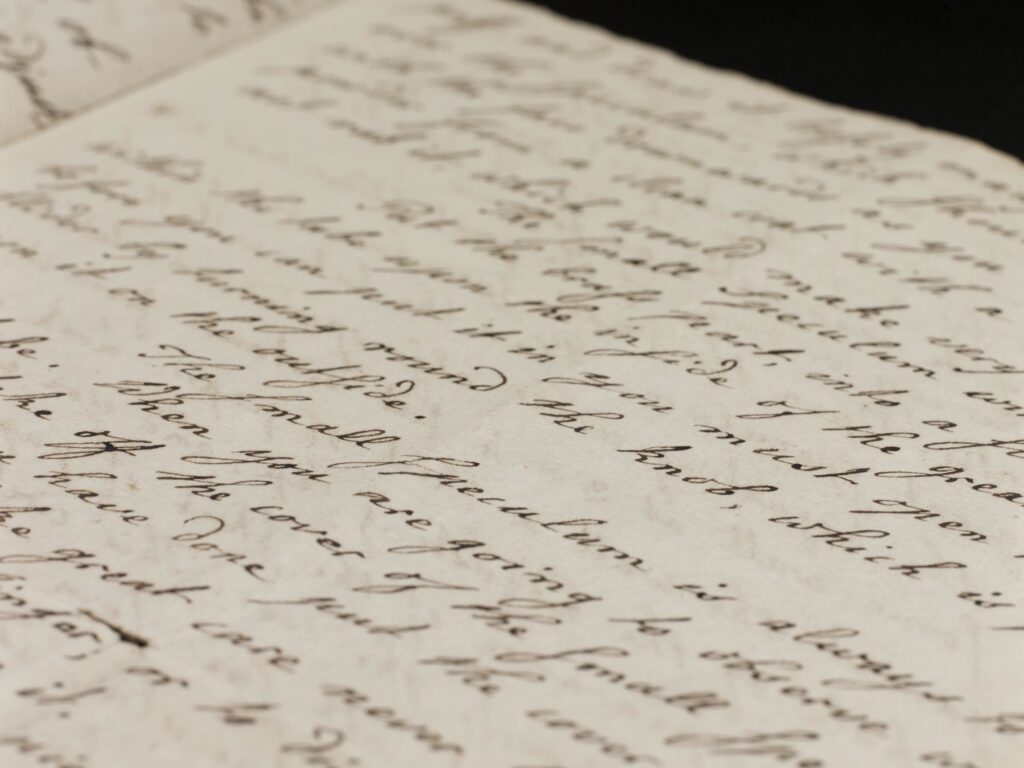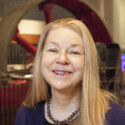Editorial
Issue 04
https://dx.doi.org/10.15180/150401/001The ambitious project to bring artefacts connected to Russian space exploration to the Science Museum in London is a prominent feature of this issue of the Journal. Creating the Cosmonauts exhibition has been a complex and demanding undertaking, one that raises a number of key questions that are at once historical, political and ethical. There is no doubt that the string of firsts obtained by the Russian space programme is of world historical significance. It is of such great significance that we can see the central role relics have played in perpetuating the memory of the people (and animals) who ventured into space. Objects and images enable audiences not only to learn about science, but also to form emotional attachments, which are orchestrated by the ensemble of elements – light, colour, sound, labels and panels, spatial arrangement and constituent artefacts – of which an exhibition is composed.
The Science Museum Group is necessarily concerned with the past of science, medicine and technology, as well as their present and future. Presenting that past fully, openly and honestly is central to its mission. So too is reflecting critically on how it performs its principal functions. The Cold War, the immediate context for the so-called space race, is in living memory for many people, while subsequent events have keep alive complex reactions to the dynamics between the world’s most powerful nations, and these will inevitably inflect the reception of Cosmonauts. All these issues merit serious discussion. One of the main purposes of this Journal is to foster informed debate and especially to encourage calm, reflective assessment of the changes that science, medicine and technology have brought with them, above all by showing how intricately they are woven into the fabric of our social, economic, cultural and political lives. It also exists to foster lively conversation about the ways such change may be represented in a responsible manner.
Furthermore, there are ethical obligations to consider here. They make it incumbent on those who earn their living by documenting, analysing and displaying science to engage with intricate and difficult issues no matter how uncomfortable it may be for them and their audiences. There is no shortage of such issues, which include climate change, chemical warfare, genetic modification – whether of crops or embryos – and the impact of digital technologies. This Journal then, is an integral part of the Science Museum Group’s activities, since it provides the occasion for serious, informed reflection on human change, no matter what form it takes. And I can invoke ‘human change’ in a broad sense since science, medicine and technology lie at the very core of our history.


